Learn About Different Tile Roofing Options
Each material has its advantages and ideal use cases, and selecting the right one for each home or building is important.
Roof tiles typically consist of natural materials, like slate, or manufactured composites, like concrete. Each material has its advantages and ideal use cases, and selecting the right one for each home or building is important.
Here are four common roof materials' features, benefits, and drawbacks:
Concrete
Concrete roof tiles are an increasingly popular option for residential and commercial buildings. They're a mixture of cement, sand, and water. A range of colored dyes can also be added to the mix, giving the final product a range of shades and hues.
The big benefit of concrete tiles is their strength. They're tough and able to withstand strong winds and storms. They're also surprisingly versatile, and manufacturers can alter the color and texture of concrete tiles to mimic more expensive materials, like slate.
On the downside, concrete is a weighty roofing material. The tiles can put lots of pressure on the roof's framework, and some roofs may even need reinforcing to avoid caving in.
Clay
Clay was used throughout the ages and still is one of the most classic and traditional roof tile materials. Arguably the best feature of clay is its versatile nature; it's easy to mold into many different shapes and forms. This allows manufacturers to make curvy tiles, flat tiles, and so on, according to the buyer's desires. Clay also comes in a rainbow of colors, from the traditional orange shades to deep reds, greens, and grays.
Metal
Metal is a tough and dependable choice for roofing tiles. These tile roofing materials are typically steel, copper, or aluminum. They have slight differences in aesthetics and longevity, but all offer good strength and resistance to wind, storms, and everyday wear and tear.
They're also very lightweight, so there's no need to worry about roofs caving in or buckling under pressure, like with concrete. Plus, metal is quite a sustainable option; tiles can be recycled or created from recycled materials.
On the negative side, metal tiles are prone to denting. Impacts from tree branches or big hailstones can leave their mark, and damaged tiles will need replacing to prevent leaks.
Slate
Slate is one of the most aesthetically pleasing roof tile material options. It's sourced from mines and quarries and is a completely natural choice. This material also comes in a wide range of shades and textures, with each tile having its unique look and feel.
One can cut these tiles into many sizes. They are also very sustainable. Plus, a well-made and properly-installed slate roof can last over 100 years. The downside with slate is that it's costly, and slate roofs need extensive upkeep, as individual tiles can crack, split, or fall out of position.
Choose the right roof material
These are just some of the roof tile materials in use today. Each one has clear benefits and drawbacks. It's crucial to weigh the pros, cons, and prices to make the right choice for each building. Contact a professional for expert advice about a home's tile roofing options. They can help homeowners choose the perfect tile to complement a property.
Irish Roofing Company provides Scottsdale with residential tile roof installation and replacement, shingle roof installation and replacement, metal roof installation and replacement, roof repair, roofing maintenance, and roof inspection services. Count on our uniformed, knowledgeable, and experienced roofers for high-quality roofing solutions.

